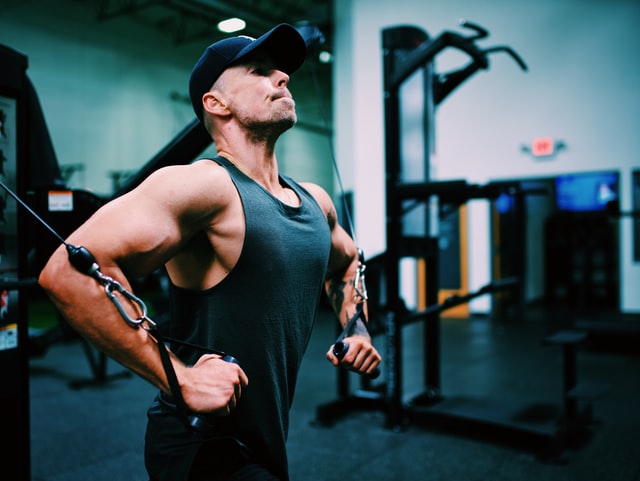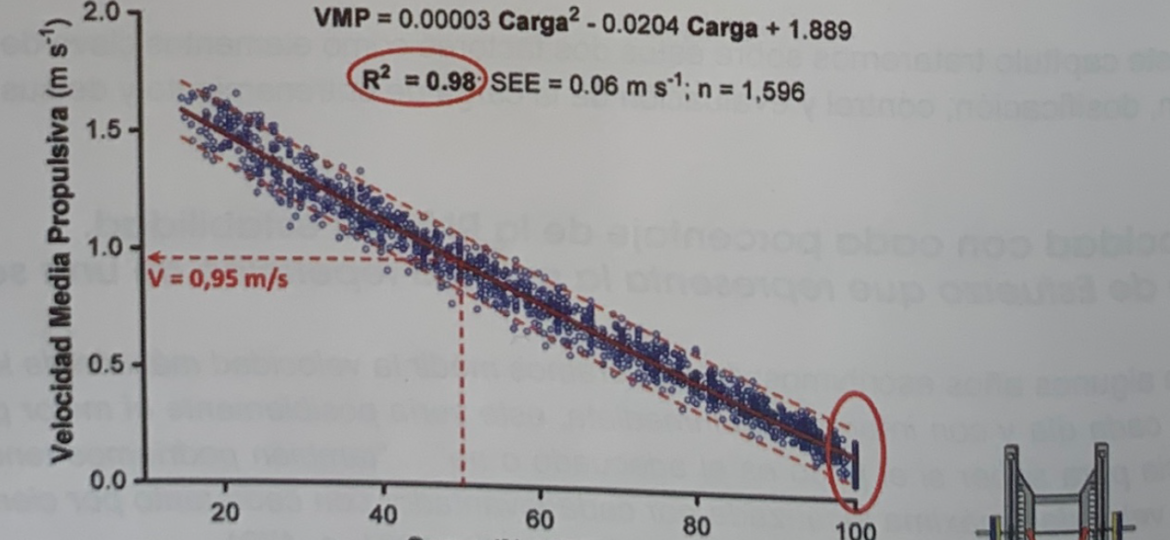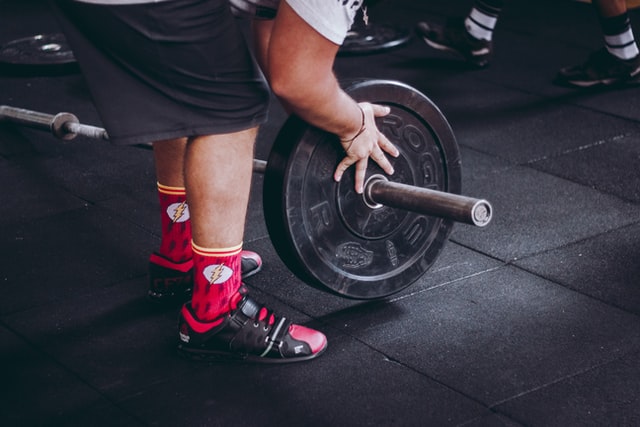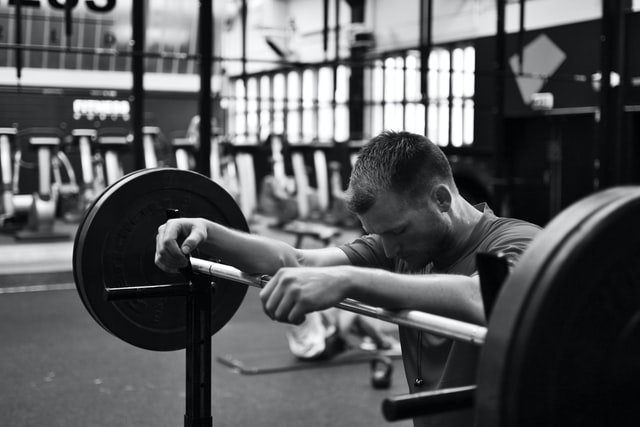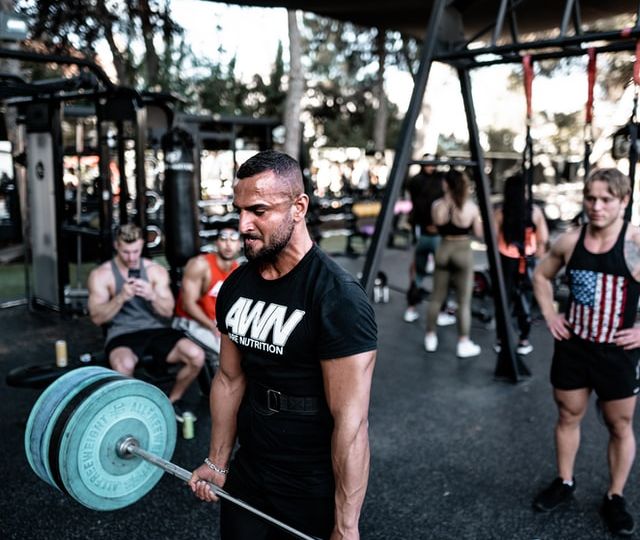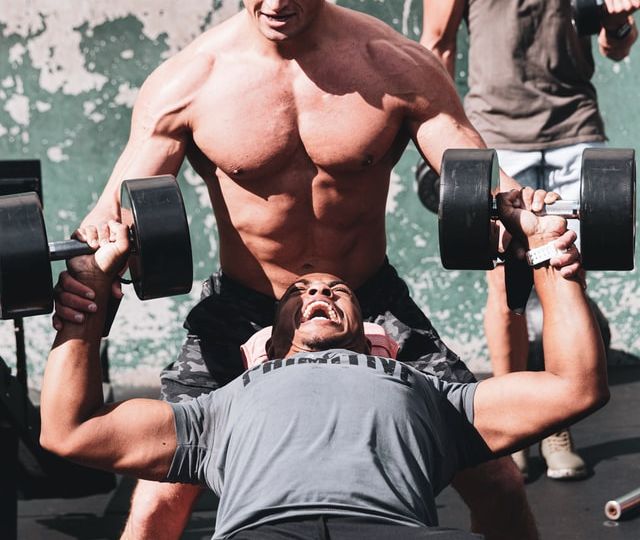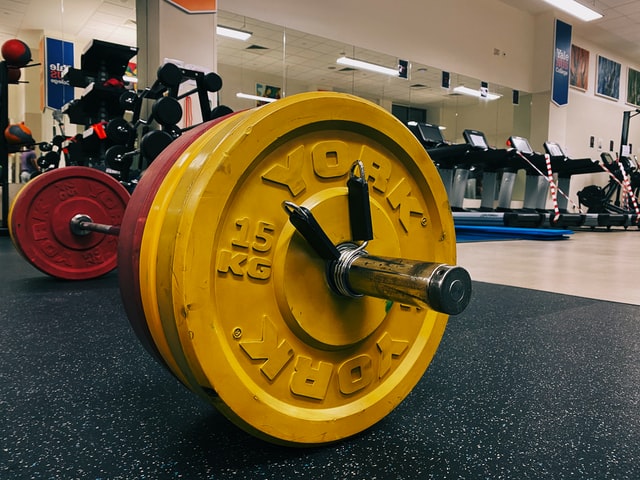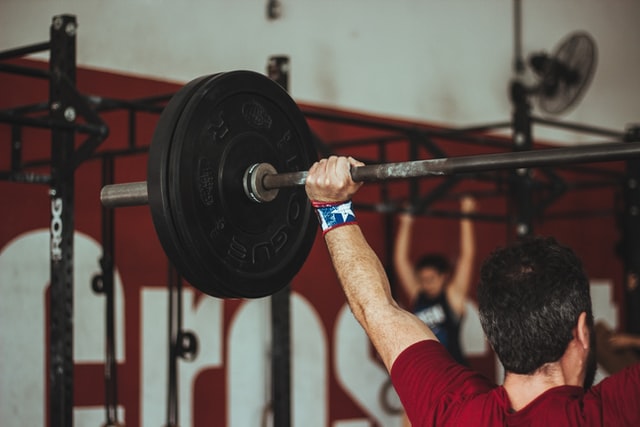Why exercises with free weights are better than exercises with machines This article analyzes why free weight exercises are preferred over machine exercises for efficient strength development. In this series of articles we deal with some of the most important…
Adrian Garcia
To reach muscle failure or not during training? In this post, an exhaustive analysis will be made on why you should not reach muscle failure during training. Publications with several studies in this regard will be reviewed and the drawbacks…
The speed of execution in strength training Especially when talking about time under tension (TBT), the speed of execution in voluntary strength training can have a differentiating effect within the ways of performing the training. The usual proposal to perform…
Speed of execution of the first repetition in a series In this article, the importance of the execution speed of the first repetition for the dosage, control and evaluation of strength training is exposed in an orderly manner in order…
Relative Intensity Through Running Speed To date, it has never been known, even approximately, what the relative intensity has been through the speed of execution and, therefore, what has been the intensity that has produced a certain effect. In this…
What happens if I can’t measure the speed? No one doubts the importance of speed measurement for precise control of training dosage and evaluation of its effect. But surely many have wondered, what do I do if I can’t measure…
The squat in detail When speaking of “squat” it refers to the full or deep squat exercise. This article will review the squat in detail as it is well known that the squat is an exercise that directly strengthens the…
Brief history of programming over time This article reviews the most relevant theories in the history of training programming since it has been known and its key points. In this series of articles we deal with some of the most…
Sports based on your strength training needs In this entry, we will comment on sports based on your strength needs and will give some ideas to program training based on objectives. In this series of articles we deal with some…
When to strength train This entry discusses in a general way when to train strength according to the needs of each subject. In this series of articles we deal with some of the most important concepts of strength training, collecting…
Non-periodized strength training Parallel to the previous models on periodized training, what has been called non-periodized strength training (ENP) is opposed. As stated in the referred article, not periodizing would mean that the entire training cycle is considered without changes…
Comparison between the different training periodization models The comparison of the different training periodization models does not offer a clear superiority of any of them. As a conclusion of a recent review (Hartmann et al., 2015), for example, there are…
Training density The density is expressed by the relationship between the total work or the number of repetitions performed and the time spent on it. In this sense, it is identified with a way of expressing the overall mechanical power…
The fatigue Fatigue is a complex and multifactorial process that affects performance. Neither the way fatigue occurs nor the hierarchy of factors that cause it in any of the production modalities is still not completely known. In this series of…
execution speed In this article he focuses on the speed of execution as a reference for training programming, dosage and control. In the previous article on Character of Effort (EC) some ideas related to speed of execution have been introduced…
The Character of the physical effort A definition of effort is the so-called character of physical effort (CE), originally presented and explained by González-Badillo, in González-Badillo and Gorostiaga (1993, 1995). The CE is defined by the relationship between what the…
Definition of sports training load In this article, a definition of the sports training load is made in order to understand what loads we should apply in training. In this series of articles we deal with some of the most…
Components of training load: intensity Another component of the training load, the intensity depends both on the intensity’s own value and on the number of times (volume) that said value is applied. For this reason, whenever we talk about intensity,…
Components of training load: volume Within the components of the training load, the volume represents the amount of work, the amount of training, the number of actions performed…, which is expressed differently depending on the type of training performed. The…
The organization of strength training through speed In this article an analysis of the guidelines on the organization of strength training through speed is made. In this series of articles we deal with some of the most important concepts of…



